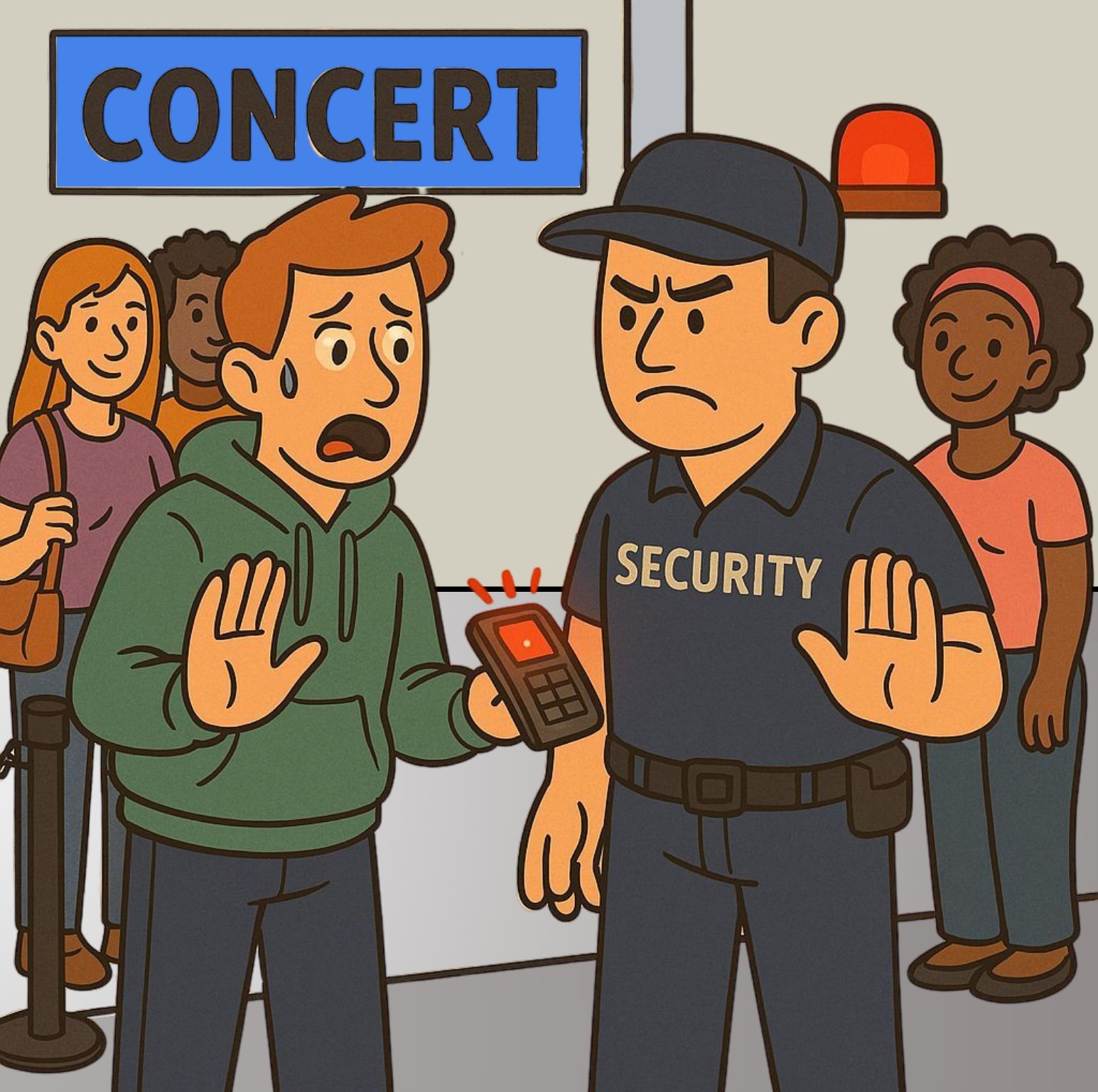 Across the world, fans are being tricked out of their money and their memories by a growing fraud: clone event ticket websites. These fake platforms mimic trusted sellers with near-perfect precision stolen logos, identical layouts, and checkout pages that feel authentic. They lure people in with the promise of seats to the show of a lifetime, only to leave them with nothing but rejection at the venue doors.
Across the world, fans are being tricked out of their money and their memories by a growing fraud: clone event ticket websites. These fake platforms mimic trusted sellers with near-perfect precision stolen logos, identical layouts, and checkout pages that feel authentic. They lure people in with the promise of seats to the show of a lifetime, only to leave them with nothing but rejection at the venue doors.
🕵️♂️ How the Scam Works
The scam starts before a victim even reaches the fake site. Fraudsters invest in online ads, manipulate search results, and seed social media with links to their replicas. In the rush of excitement, many fans click the first link that appears, never pausing to check if the address is correct.
Once inside, the illusion is complete. The design mirrors the genuine seller, confirmation emails are often cloned word-for-word, and countdown timers scream of dwindling availability. Every detail is engineered to create urgency and suppress doubt. The victim is nudged toward a fast purchase rather than careful thought.
Payment is where the deception locks in. Unlike legitimate platforms that rely on credit cards with built-in protections, clone sites push buyers toward irreversible channels. Wire transfers, peer-to-peer payment apps, cryptocurrency wallets, and especially gift cards are favored. Each of these gives scammers a clean exit with minimal risk of chargebacks.
The gift card angle is particularly tricky. Sometimes victims are instructed to purchase cards directly and send over the numbers, believing it is a secure form of payment. Other times, they are persuaded to provide their credit card details as payment only for scammers to use that card themselves to buy gift cards through legitimate retailers. In both cases, the money is instantly converted into a form that cannot be traced or reclaimed.
The result is inevitable: a fan with empty pockets, a useless barcode, and no recourse once the fraud becomes clear.
A Long History in a New Disguise
Ticket scams are not new, for decades forged paper stubs were sold outside stadiums and arenas. What has changed is the reach and sophistication; instead of tricking passersby on a street corner, today’s scammers can target thousands across borders with polished websites and professional payment funnels. The counterfeit ticket has evolved into an entire counterfeit marketplace.
Why It Works
The psychology behind the fraud is simple: fans buy with their hearts, not their heads. When tickets are scarce, emotion overrides caution; A flashing timer or a warning of “only three left” makes buyers act before they question why the site is asking for payment in gift cards or crypto. Scammers exploit this urgency, knowing most people will not even notice a slightly misspelled domain name when their dream event is on the line.
Lessons in Prevention
Regulators and ticketing companies continue to fight these scams, but the reality is sobering: clone sites can be shut down in one place and reappear under a new name within hours.
The safest defense is to slow down and think.
🔖Bookmark the official ticket site instead of relying on search engines and flashy ads.
🔍Always double-check the URL.
🤔 Be skeptical of deals that seem too good.
💰 Refuse payment methods that cannot be reversed. Credit cards offer protection; gift cards, peer-to-peer apps, and crypto do not.
- Log in to post comments
